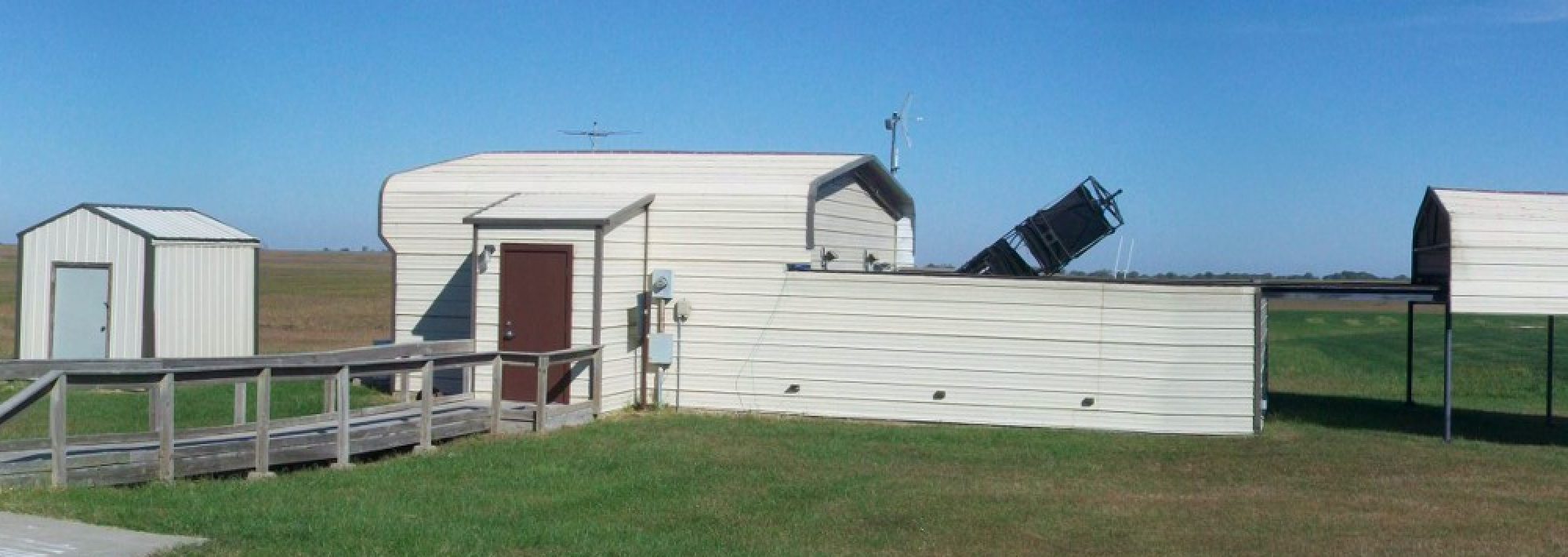Farpoint Observatory will be open around 7:30, September 27, for the total lunar eclipse. This eclipse is of the Harvest Moon, which is often thought to be larger and brighter than others, even though it’s just an illusion. But, it also just happens to occur at perigee, the moon’s closest point to the Earth in its orbit, so it actually will be slightly larger.
A lunar eclipse has several phases. The Penumbra is a faint shadow that isn’t visible without visual aid until near the next phase. The “dark” shadow starts across the face of the moon in the partial eclipse phase. The moon is completed in shadow during the total eclipse phase. As the moon moves out of the Earth’s shadow, the partial and penumbral phases follow, and the eclipse ends. For this eclipse, the phase times are listed below (All times CDT)
Penumbral eclipse begins: 7:12 PM
Partial eclipse begins: 8:01 PM
Total eclipse begins: 9:11 PM
Total eclipse ends: 10:23 PM
Partial eclipse ends: 11:27 PM
Penumbral eclipse ends: 12:23 AM (Sept. 28)


